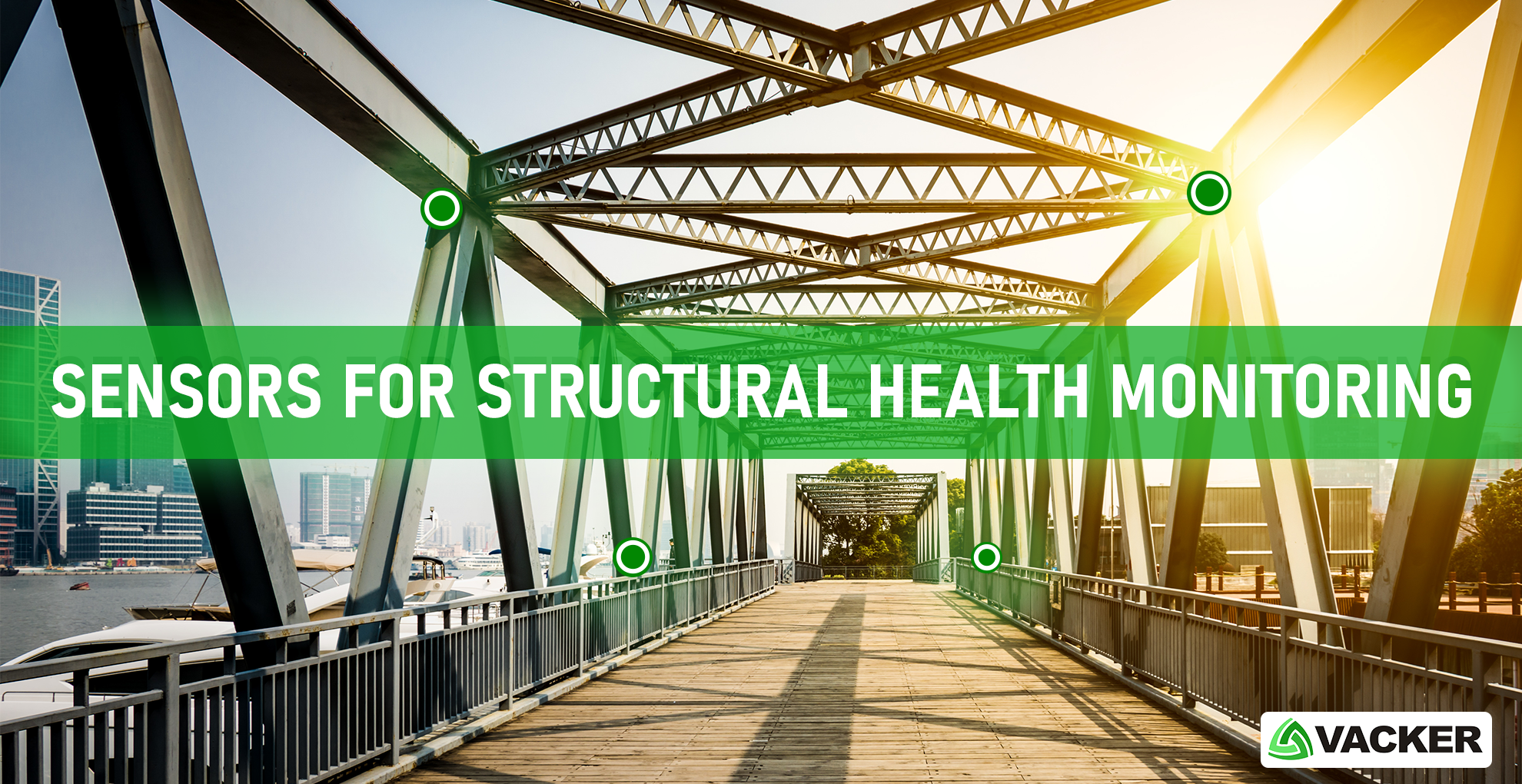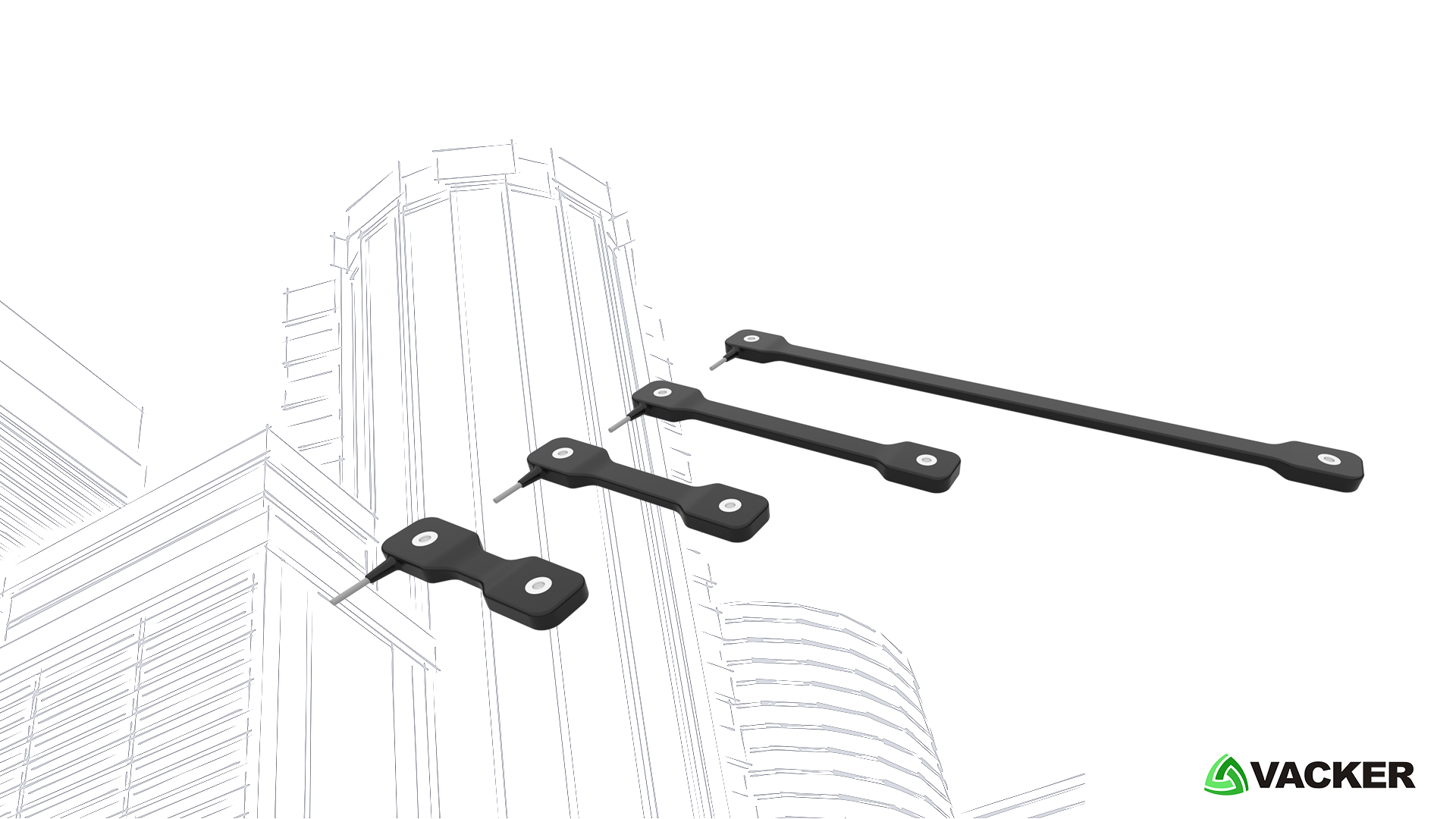Sensors for Structural Health Monitoring

If you’re like me, you take bridges, buildings, tunnels, and other man-made structures for granted. We rely on them every day without a second thought – until something goes wrong. That’s when we really appreciate the importance of health monitoring sensors/ structural health monitoring (SHM). SHM is the process of constantly assessing the condition of a structure to ensure it’s safe and functional. It’s a vital part of infrastructure management, and VackerGlobal is leading the way in this field. Our sensors are specifically designed for SHM applications, and they’re proving to be indispensable tools for safety officials worldwide. So if you’re interested in keeping your bridges, buildings, and other structures safe and sound, be sure to check out the rest of the blog.
In this blog, we will cover the following topics:
- What is Structural Health Monitoring Sensors (SHMS)?
- How does SHMS work?
- Types of SHMS
- Benefits of SHMS
- Applications of SHMS
As the name suggests, sensors for structural health monitoring are used to sense the condition of a structure and its environment. This information is then used to make decisions about how best to protect the structure and keep it in a safe condition. There are many different types of sensors that can be used for this purpose, depending on the needs of the particular structure being monitored. Some common examples include vibration sensors, temperature sensors, stress sensors, delamination sensors, strain sensors, humidity sensors. and pressure sensors. By collecting data from these sensors over time, engineers can get a detailed picture of the health of the structure and make informed decisions about how to maintain it.
Structural health monitoring sensors are a relatively new technology that uses various forms of wireless communication to send data about the condition of a structure to a computer or control center. The data can be used to monitor for cracks, corrosion, and other damage, and can help engineers or operators detect problems before they become too serious.
The sensors work by attaching small devices to the surface of the structure being monitored. These devices communicate with one another using radio waves, ultrasound, or infrared signals, and send data back to a central receiver. This data can be used to create maps of the structure’s condition, track changes over time, or even predict problems before they occur.
There are a few different types of structural health monitoring sensors, but the most common are vibration sensors, accelerometers, and strain gauges. Vibration sensors detect the movement and vibration of a structure, while accelerometers measure linear acceleration. Strain gauges are used to measure the deformation or strain of a material in response to an applied force. By combining data from these different types of sensors, engineers can get a more complete picture of how a structure is performing.
There are many benefits of using Structural Health Monitoring sensors, including:
- Increased safety – By identifying potential problems with a structure early on, damage can be prevented from becoming worse and posing a safety hazard.
- Reduced maintenance costs – Early detection of damage means that repairs can be carried out before the damage spreads and becomes more expensive to fix.
- Improved longevity of the structure – With regular monitoring, minor issues can be identified and fixed before they turn into major problems, resulting in a longer life for the structure overall.
Some common applications of structural health monitoring sensors include detecting corrosion, cracks, and other damage in bridges, buildings, and other infrastructure; assessing the health of wind turbines, aircraft, and other large machinery; and monitoring the condition of pipelines and other oil and gas infrastructure. Structural health monitoring sensors can provide rapid warning of impending failure in critical infrastructure, which can help avoid costly accidents or disasters. They can also help reduce maintenance costs by detecting damage early and allowing for proactive repairs. And finally, they can play an important role in safety and security by helping to ensure the integrity of critical infrastructure systems.
Sensors are becoming more and more commonplace in the world of structural health monitoring. From bridges to buildings, sensors are being used to detect tiny changes in a structure that could lead to bigger problems down the road. The great thing about sensors is that they can be customized for each individual project, so you know you’re getting the most accurate data possible. If you’re interested in learning more about how sensors can help keep your structures healthy, contact us today. We would be happy to discuss all your options and provide services that fit all your needs.

Leave a Reply